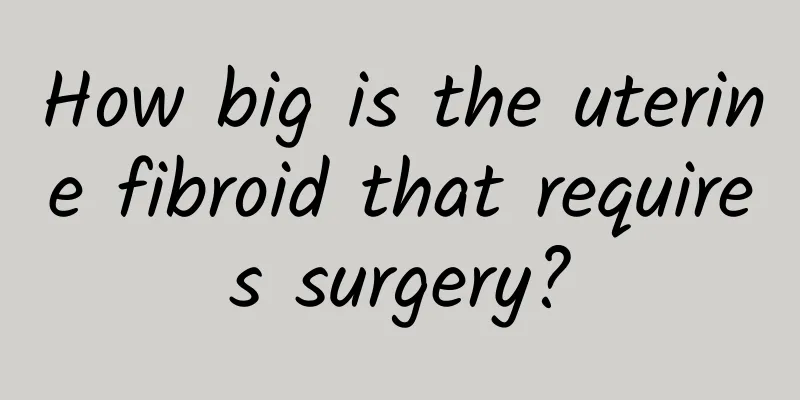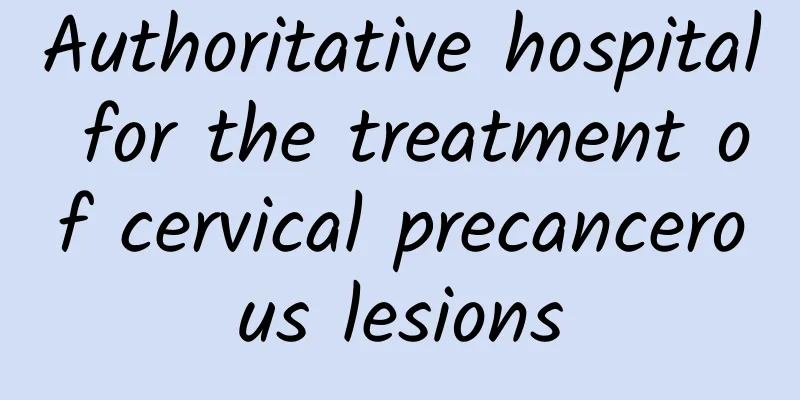How big is the uterine fibroid that requires surgery?

|
How big a uterine fibroid needs surgery? Experts say: Uterine fibroids are the most common benign tumors in women, formed by the proliferation of smooth muscle cells in the uterus. Generally, it is not recommended to remove the entire uterus of a woman. It is only necessary to remove the part where the fibroid grows to effectively prevent recurrence. If the uterine fibroids grow between the uterine muscle wall and the uterine serosa, and are less than 3 cm in size, then surgical removal is not necessary. However, living with the tumor still has certain risks and requires close follow-up. However, if the uterine fibroids are larger than 3 cm and have a rich blood supply, surgery should be performed as soon as possible. If there are multiple uterine fibroids, generally within 3 and the largest is less than 5 cm, laparoscopic surgery can be performed. Experts remind that if uterine fibroids have the following conditions, surgery is required no matter how big they are: 1. There are discomfort symptoms that affect the patient's life, such as anemia, frequent urination, abdominal distension, etc. 2. Uterine fibroids cannot be distinguished from ovarian tumors. 3. Uterine fibroids grow rapidly in a short period of time, and malignant transformation cannot be ruled out. 4. Myomas in the cervix and submucosal fibroids are myomas that grow into the uterine cavity. 5. Myomas in the uterine corners compress the entrance of the fallopian tubes, hindering conception. In addition, myoma patients often have ovarian dysfunction, leading to infertility. Uterine myomas deform the uterus and hinder the implantation of fertilized eggs. They can also affect the proliferation of the endometrium. Even if the embryo implants, the presence of myomas can easily cause miscarriage. If women with uterine myomas are infertile and all other examinations are normal, the cause of infertility may be uterine myomas. If myomas are suspected to cause infertility, surgery should be performed in a timely manner. 6. Uterine fibroids combined with infertility. 7. Due to uterine fibroids, patients have heavy menstrual flow and long menstrual periods. Long-term excessive menstrual blood loss can lead to secondary anemia and even anemic heart disease. In severe cases, symptoms such as general fatigue, pale complexion, shortness of breath, and palpitations may occur, which may be life-threatening. |
<<: How does pelvic inflammatory disease develop?
>>: Can a small amount of pelvic effusion heal itself? How to treat pelvic effusion?
Recommend
Can abnormal vaginal discharge cause pelvic inflammatory disease?
Can abnormal leucorrhea cause pelvic inflammatory...
Experts explain what are the sequelae of abortion?
Abortion is quite common in modern society. There...
Vulvar itching and abnormal vaginal discharge
Symptoms of vulvar itching and abnormal vaginal d...
Can I drink milk after miscarriage?
The diet after miscarriage should be balanced and...
Causes of cervical hypertrophy in daily life
Cervical hypertrophy is actually one of the many ...
Lose weight easily with 5 good habits before going to bed
Many weight loss methods are closely related to s...
Create a perfect body shape! Wu Wenxuan personally teaches 3 private secrets
Training area: Buttocks The most basic movement t...
What are the causes of adenomyosis?
As a common gynecological disease, although adeno...
What causes second-degree cervical erosion? Women should pay attention to these causes of cervical erosion
Clinically, cervical erosion is more common in ma...
When is the best time for painless abortion?
Nowadays, painless abortion is the first choice f...
How is pelvic inflammatory disease diagnosed?
How is pelvic inflammatory disease diagnosed? If ...
Can I get pregnant if I have uterine adnexitis?
Can you still get pregnant if you have adnexitis?...
Drinking beer in hot weather not only helps you cool down and quench your thirst, it also has these unexpected benefits!
The temperature soars frequently in the summer. T...
How much does it cost to cure threatened abortion?
In the early stages of pregnancy, due to accident...
Can I drink alcohol during a miscarriage? See what the doctor says
Drinking alcohol within one month after abortion ...









